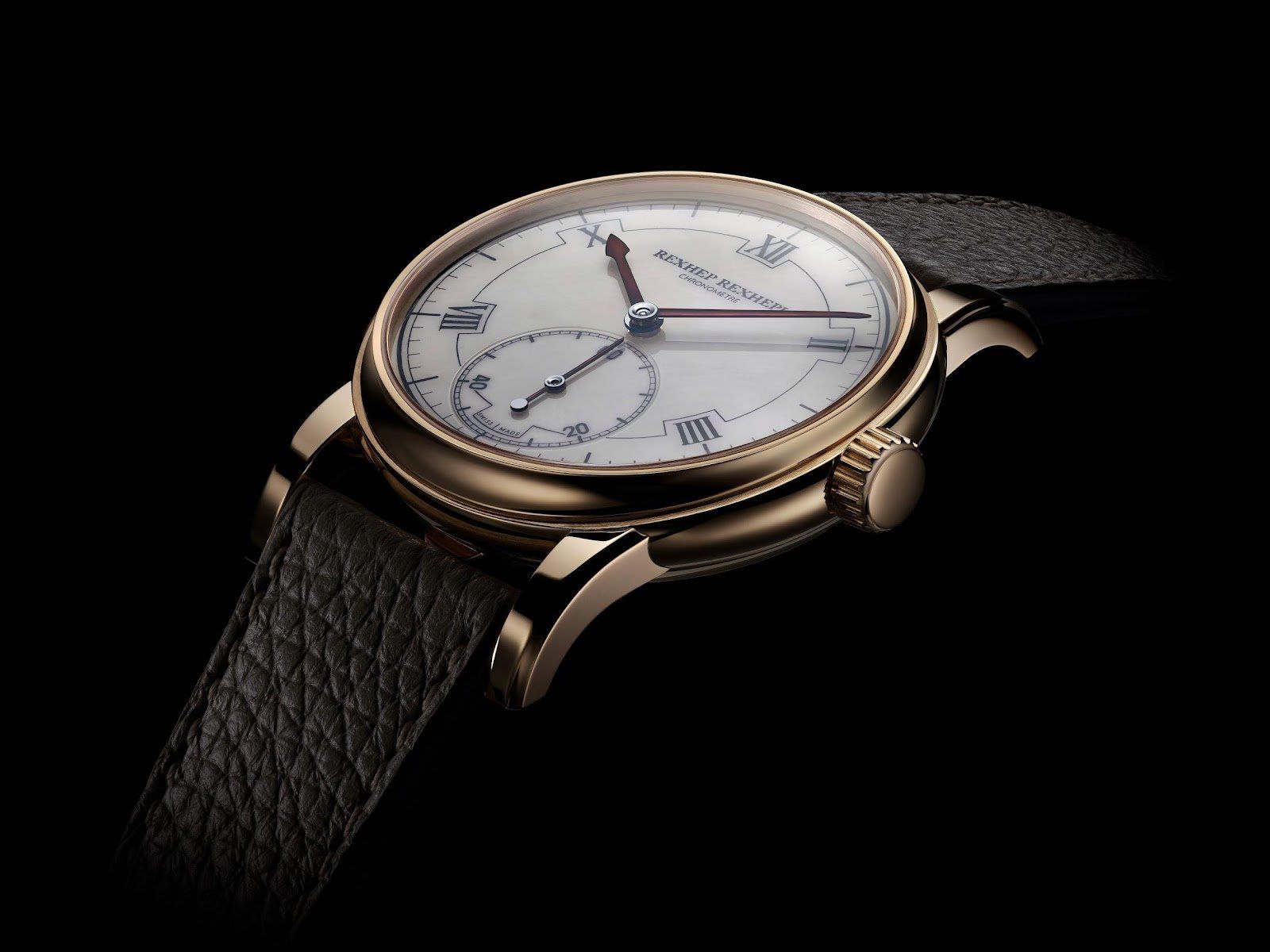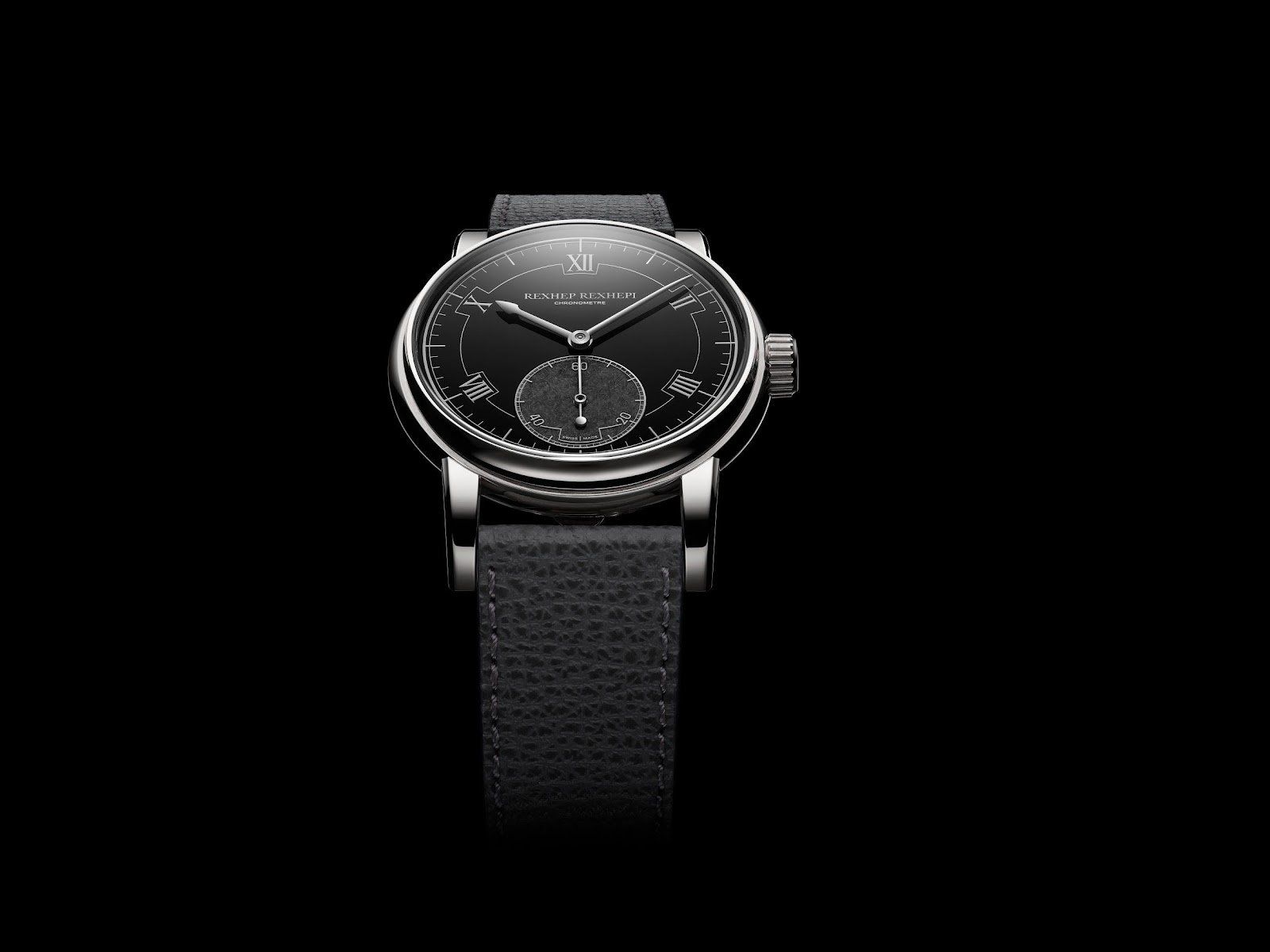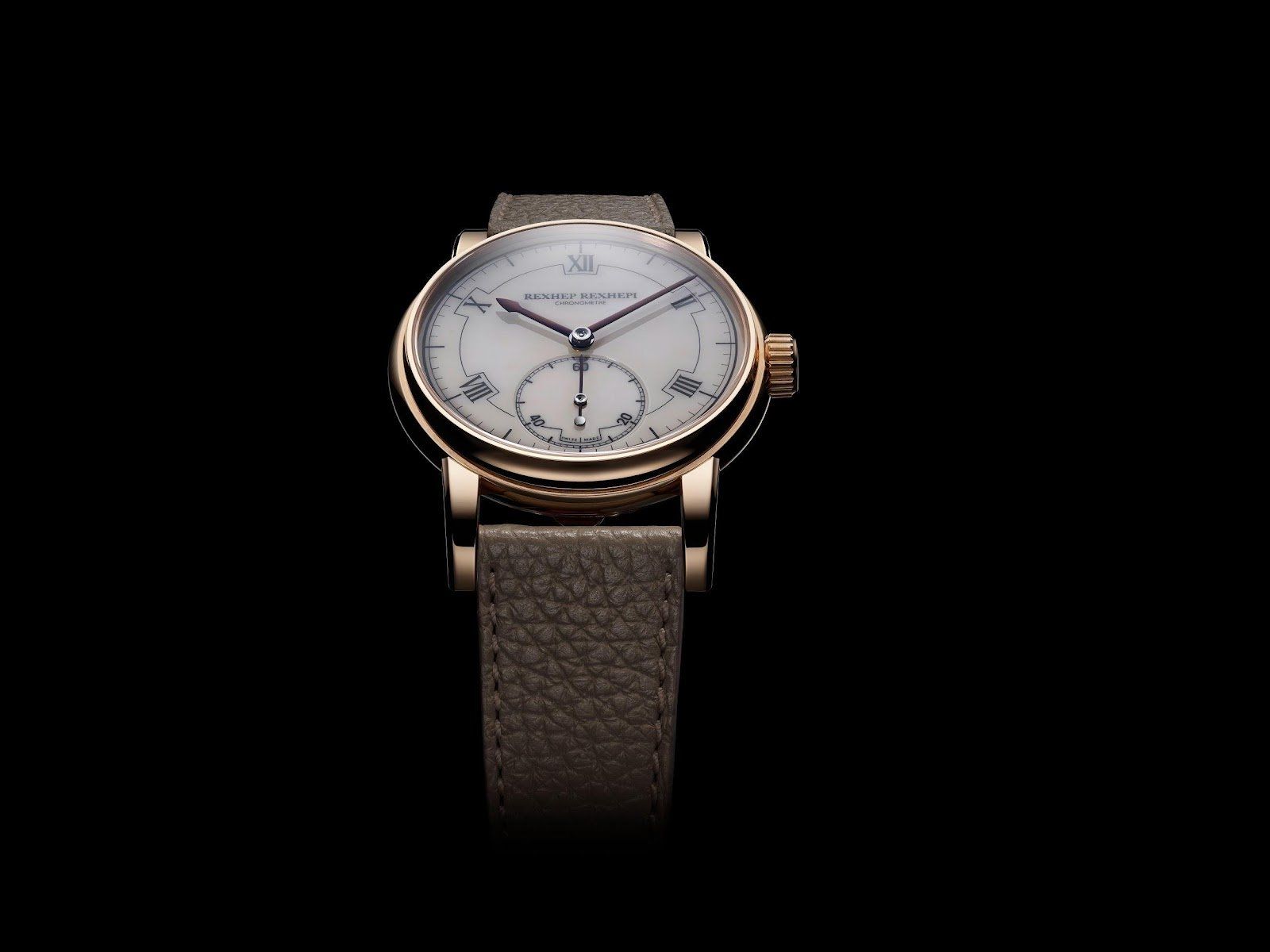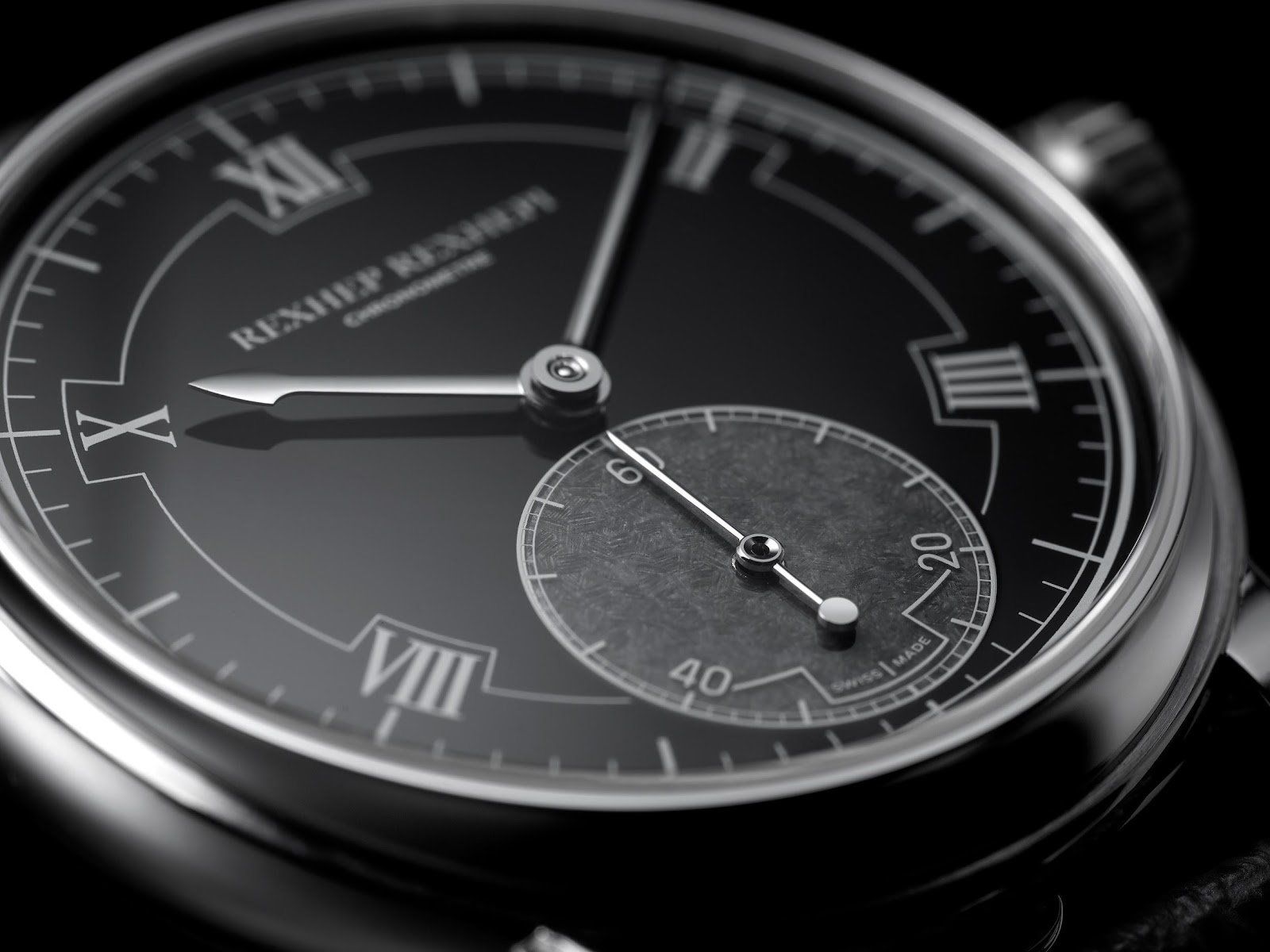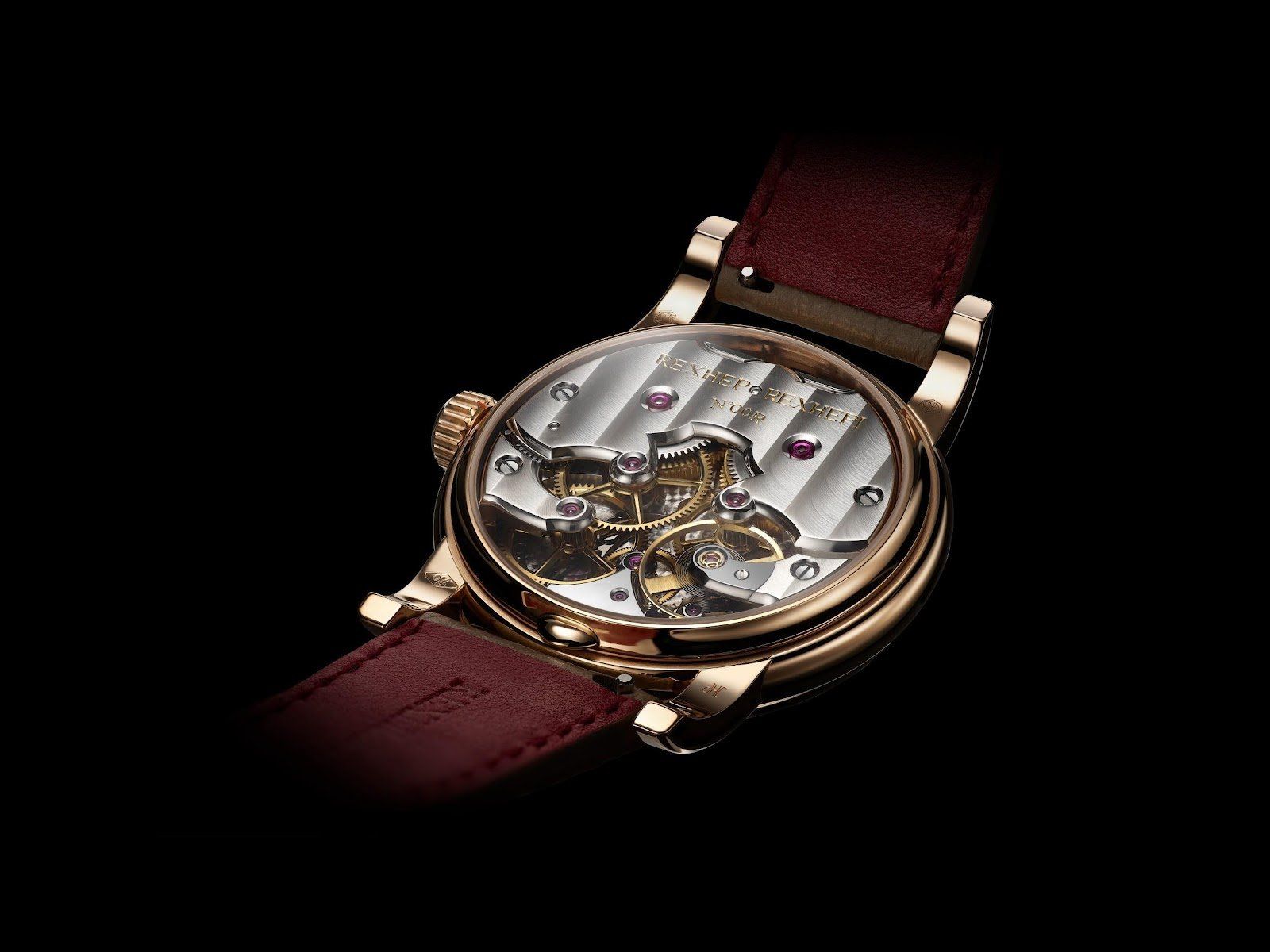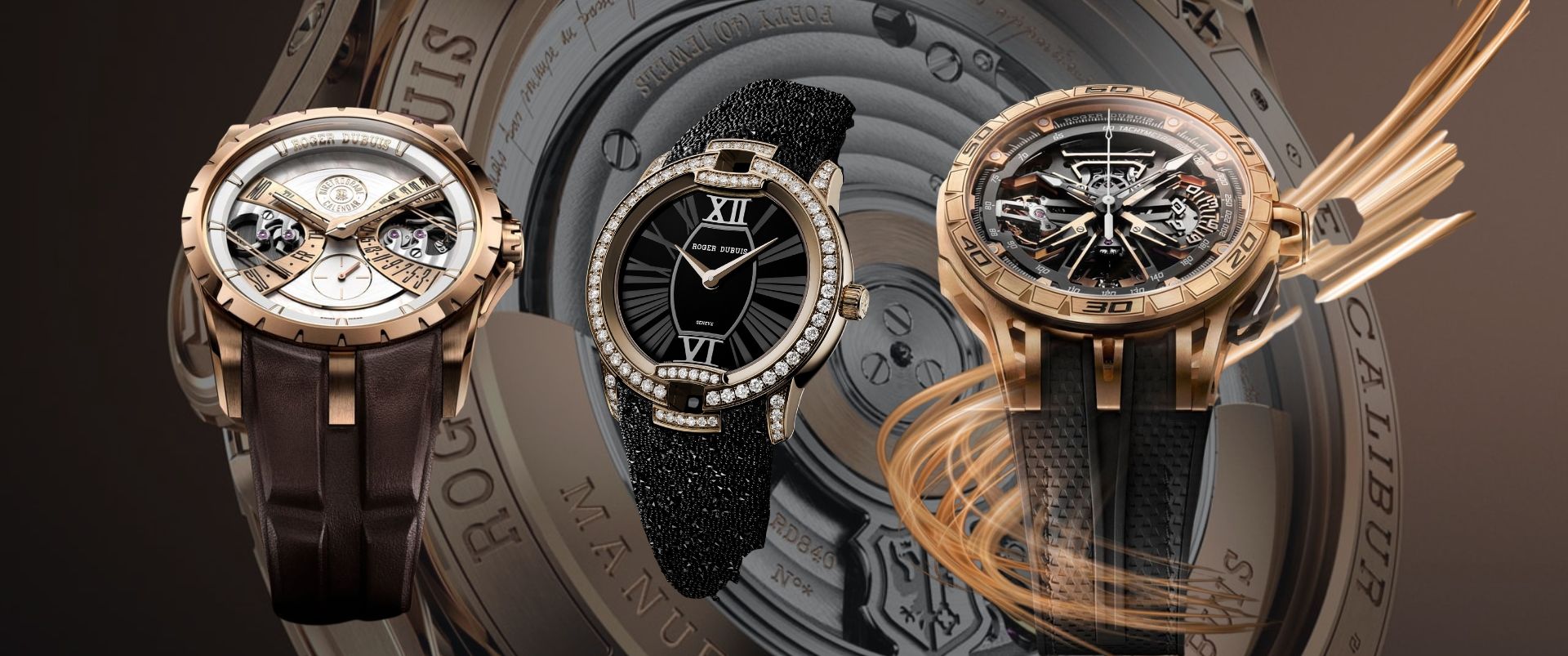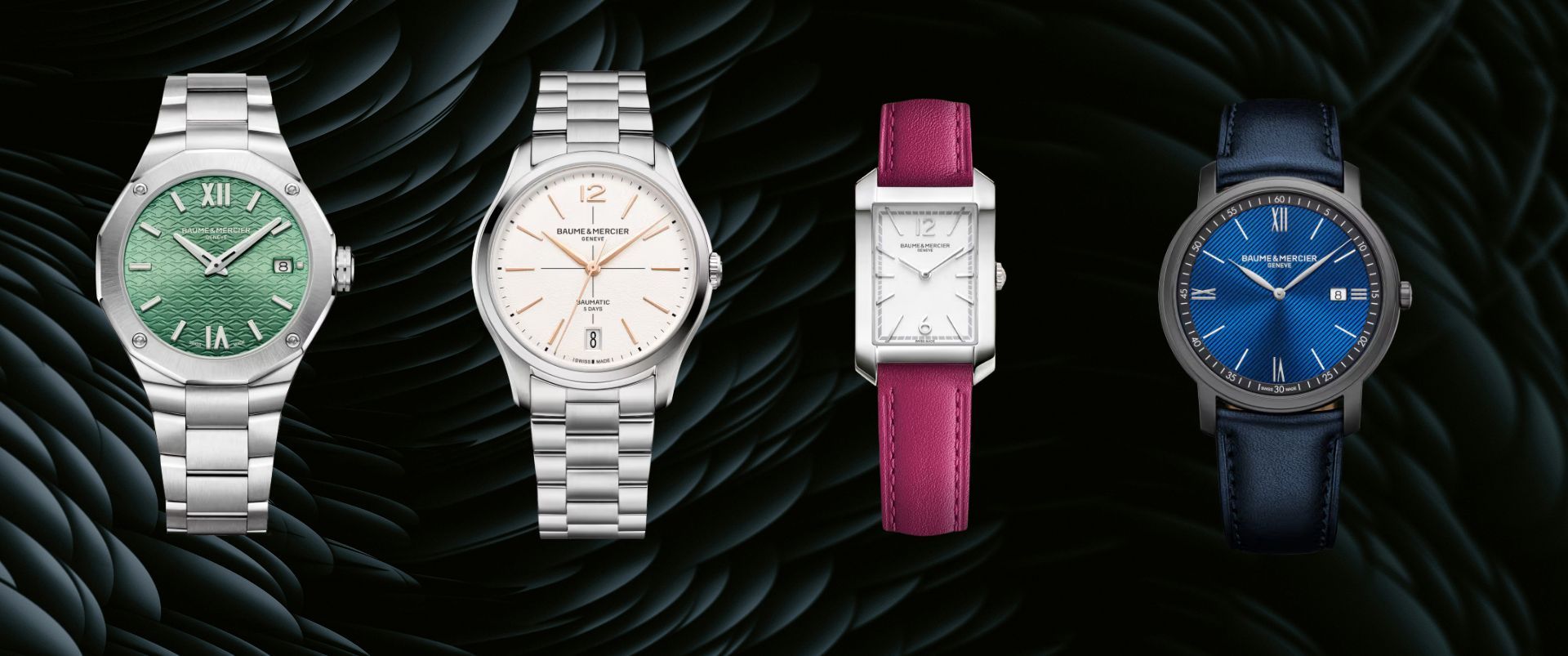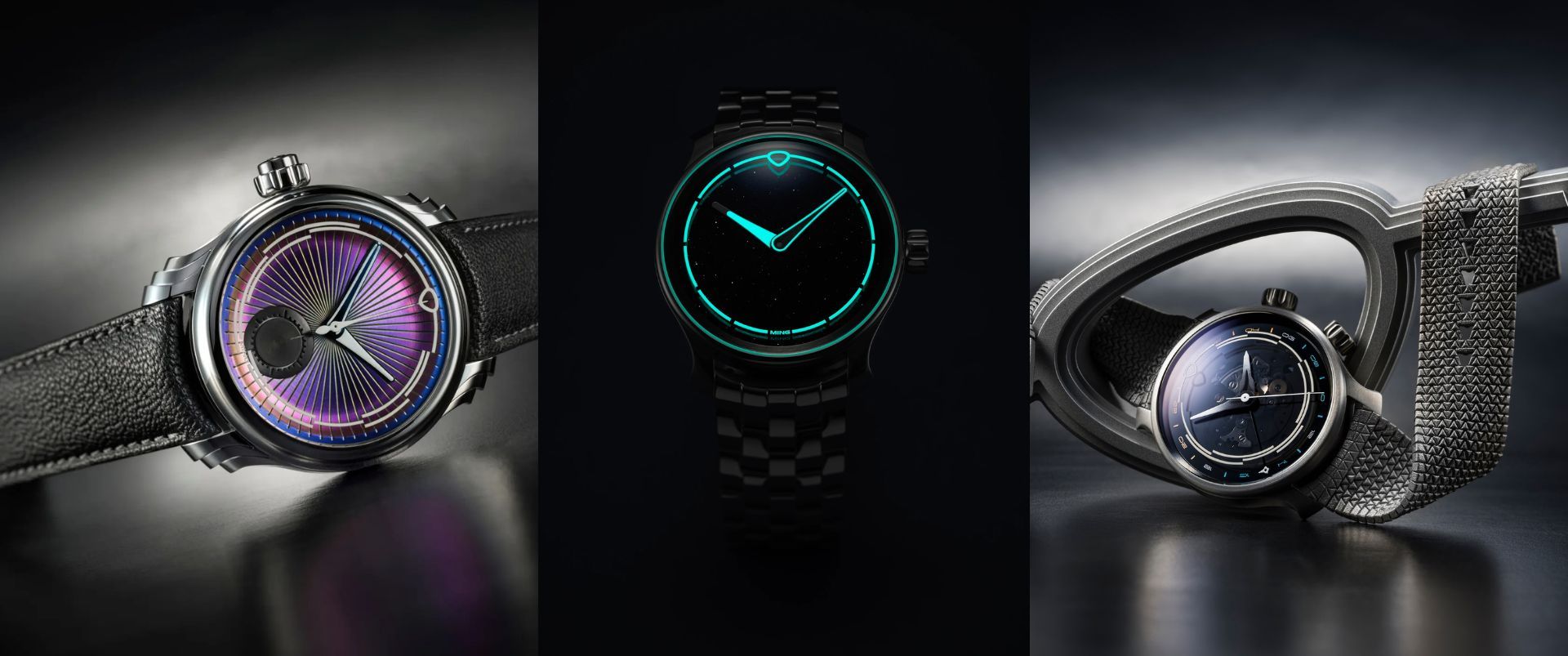Celebrating AKRIVIA’s 10th Anniversary With The New RRCC II - Chronomètre Contemporain II
Rexhep Rexhepi is happy to present the Chronomètre Contemporain II as AKRIVIA approaches its tenth anniversary (RRCC02). The RRCC02 is the follow-up to the award-winning Chronomètre Contemporain I from 2018. It's completely new, yet it's also reassuringly familiar.
The RRCC II builds on the style of its predecessor, maintaining the distinct appearance that has become synonymous with AKRIVIA. The all-new calibre RRCC02 inside exemplifies the RRCC02's personality.
The RRCC02 is the result of three years of development and is symmetrically made and completed to Haute de gamme standards, just like the first version. While the RRCC02 is instantly recognisable as an AKRIVIA movement – it could even be mistaken for a first edition at first glance – it is a completely new design that incorporates twin barrels and going trains, as well as an independently driven jumping seconds with hacking and zero-reset functions, all of which are features not found in the original model.
The Genesis
The first Chronomètre Contemporain (RRCC I), which won the Men's Watch Prize at the 2018 Grand Prix d'Horlogerie de Genève, was established to produce fine watches in the grand tradition of Swiss watchmaking, particularly that of the haute horlogerie brands long based in Geneva – an ambition that took physical form with the first Chronomètre Contemporain (RRCC I).
The RRCC I is the culmination of founder Rexhep Rexhepi's long-held ambitions, a masterful marriage of Swiss watchmaking's illustrious past and his vision of its future. The RRCC I was designed and finished in a traditional style, yet with contemporary touches. The face, for example, is made of grand feu enamel, which was the typical material for dials in high-quality 19th century pocket watches, but with a modern twist on the conventional "sector" dial of the 1930s and 1940s.
A Familiar Face
The RRCC02 maintains the elegant appearance of the first edition on the front. The dial, once again in grand feu enamel, retains the chapter ring with alternating Roman numerals. The vitreous enamel dial is made the old-fashioned way, with a trained hand and a fine paintbrush, and then burned in an oven multiple times to obtain the lustrous, permanent finish that distinguishes real enamel. The enamel dial is then lapped with an abrasive paste to refine the smoothness of the surface until it is virtually glassy.
The process must be repeated because each dial is made up of two elements soldered together: the recessed subsidiary seconds and the main dial. The dial now does away with the gold retaining ring around the seconds register, allowing the sub-dial to merge smoothly with the main area of the dial, which is one of the subtle refinements of the dial from the first to second generation.
The dial's markings are also fired enamel; they're printed in liquid enamel first, then fired again to establish the markings. The markings have been carefully modified, continuing the painstaking adjustments that characterise the RRCC02 – the hour markers are displayed in a heavier font, giving them a more substantial feel.
Each of the case metals comes with an exclusively designed dial for the material. The platinum case is combined with a piano black fired enamel dial — rich, deep black with a glossy finish – with ivory enamel markings. The black dial, which appears austere and monochromatic from afar, contains a decorative feature visible only up close: the seconds register is finished with a hand-engraved gratté pattern and then covered in translucent grey enamel.
The rose gold model's white enamel dial is the chromatic polar opposite. The white dial is transparent in appearance and has black enamel markings for contrast and legibility. The dial is differentiated once again by a detail apparent only upon closer inspection: the hands are hand-heated to roughly 800 degrees Celsius to give them a rich purple surface.
A Mechanical Marvel
When you turn the watch over, the RRCC02 movement has an odd quality to it, initially appearing to be similar to its predecessor but then exposing itself to be a different reality with a second glance, like déjà vu after a lucid dream. The new calibre has been meticulously designed to echo the design of the original edition, although being a completely new construction with various mechanisms and functions.
The RRCC02 has a quintessential Akrivia outline: a gracefully symmetrical barrel bridge secures twin mainsprings, each of which drives a discrete function. One barrel provides energy to the balance wheel, which is the watch's beating heart and is responsible for keeping time. The other drives the jumping seconds, allowing the seconds hand to leap ahead in one-second steps without compromising the precision of the movement. This revolutionary twin-train design contrasts with the original edition's traditional single-going train setup.
JUMP, HACK, RESET
The hacking and reset feature is hidden beneath the seconds. When you pull the crown, the seconds hand will instantly return to 12 o'clock and halt, which is a useful feature for exact time setting.
The function's exquisite simplicity betrays its complexity: the seconds hand resets and halts in the blink of an eye. A mechanical ballet unfolds under the dial once the crown is pulled. The hacking lever, which touches the rim of the balance wheel, stops the oscillations and freezes the movement, is the first step in the procedure. The seconds wheel's brake is likewise activated by the same lever, slowing its motion so that the final step – the zero reset of the seconds hand – can be completed securely.
The reset mechanism is identical to that of a chronograph, relying on a heart-shaped cam and reset hammer. The hammer falls, making the cam to revolve until it reaches the lowest point of the cam's outline, resetting the seconds hand to 12 o'clock. The complications of the RRCC02, as complete as they are, were not designed solely for intellectual satisfaction.
The keyless works under the dial, namely the mechanism that winds and sets the movement, were designed to be both robust and tactile, resulting in a crisp and satisfying action that can be enjoyed through the operation of the crown.
TECHNICAL TWEAKS
Aside from the extra difficulties, the RRCC02 is a noticeably better timekeeper that truly lives up to its "chronometer" moniker. For starters, the calibre makes use of a newly constructed balance wheel that uses regulating screws rather than circular weights. As a result, it has 60 percent greater inertia than the previous edition's balance. The RRCC02 offers more steady timekeeping over longer durations thanks to a mainspring that delivers 40% more torque.
CASE MANUFACTURE
The RRCC02 is housed in an AKRIVIA case created in-house at the workshop of renowned case maker Jean-Pierre Hagmann. The case has been enhanced in major but subtle ways over the initial edition, consisting of 15 pieces, including lugs individually soldered to the case centre.
The goal of the redesign was to improve the overall proportions of the piece, resulting in a more harmonious balance of the numerous pieces. This necessitated altering every feature of the case so that, despite the inherited looks, the case is entirely new — no component is interchangeable between the two variants.
A sapphire crystal with a more prominent dome is one of the refinements. Another distinguishing aspect of the first model is the lug geometry. The beautifully arched lugs were inspired by gentleman's watches from the mid-twentieth century, notably those with Emile Vichet cases. On the RRCC II, they've been lengthened, giving them a more beautiful downward sweep.
The crown has a slightly larger diameter to allow for better grip and easier winding. the case was designed for superior usability down to the smallest detail.
CALIBER RRCC II
It is equipped with CALIBRE RRCC02 with dead-beat seconds, hacking, and zero-reset features.
Technical Specifications
The RRCC02 features symmetrically aligned twin gear trains and barrels, a unique design that ensures the leaping seconds hand moves consistently and precisely. A star and flirt drive the dead-beat, or jumping, seconds, which are powered by their own gear train. Because the seconds have their own energy source, there is no energy drain on the movement's regulating organs, resulting in greater chronometry.
The stop-work mechanism for the barrels is a black-polished, bar-shaped spring with an inbuilt pawl that is located next to the twin barrels. The design was created to prevent backlash and over-tensioning of the main springs while maintaining the movement's remarkable symmetry. Due to the usage of traditional equipment such as turning lathes and precision milling machines, the fabrication of the components required a significant amount of handwork.
Finishing
The main plate and bridges are composed of unleaded German silver, also known as maillechort, an environmentally benign alloy with exceptional mechanical and physical qualities, making it ideal for practical stability and beautiful treatment.
Traditional techniques are used to embellish the movement, which are all done by hand to the finest standards of traditional Genevan watchmaking. Côtes de Genève, perlage, circular graining, anglage with polished inward angles, polished countersinks for jewels and screws, and black-polished steel parts, including screws and the balancing bridge, are some of the techniques used.
The wheels of the moving trains, for example, are finished with hand-polished bevels on their spokes and inner edges, resulting in 140 inward angles over both trains' wheels. On the movement bridges, all marks are etched by hand in a serif typeface.
The RRCC II is built on the same principles but taken to the next level! Truly a watchmaking marvel.
No articles found

